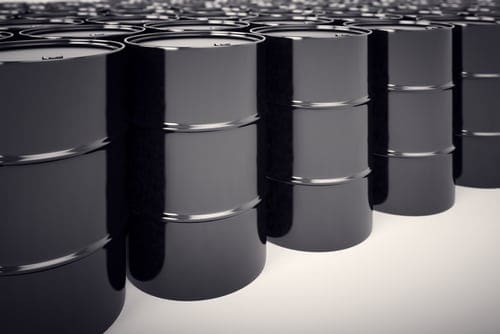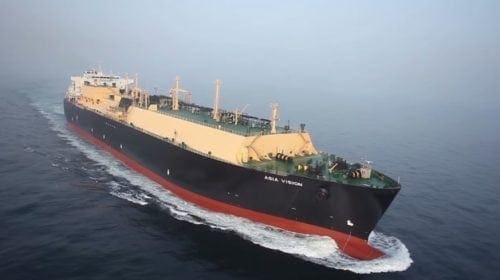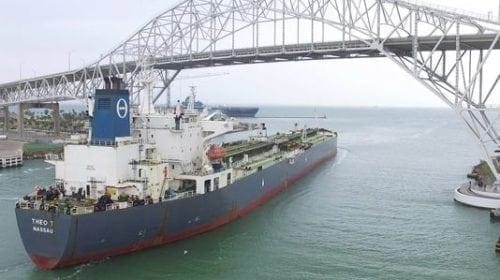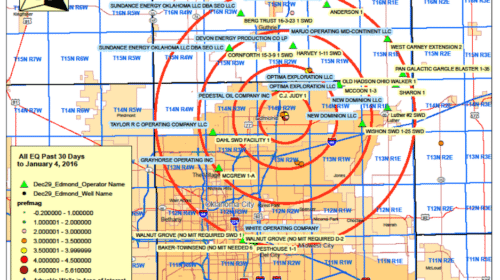On Feb. 9, President Barack Obama released a $4.1 trillion budget proposal for fiscal year 2017 that calls for oil companies to pay a $10.25-per-barrel tax on crude oil.
The proposed tax would be phased in over a five-year period, with the money going toward funding for the 21st Century Clean Transportation Plan.
The 21st Century Clean Transportation Plan aims to “increase American investments in clean transportation infrastructure by roughly 50 percent above current levels while reforming the transportation investments we already make to help reduce carbon pollution, cut oil consumption, and create new jobs,” according to a statement from the White House.
“The new fee on oil will also encourage American innovation and leadership in clean technologies to help reshape our transportation landscape for decades ahead,” the White House said.
The U.S. Treasury said that the tax would be applicable to imported and domestically produced oil, however, the tax would not be collected on U.S. oil shipped overseas.
The President’s budget proposal also calls for cutting tax incentives for oil and gas drilling, which would ultimately increase the federal government’s funding for research on clean energy.
While the proposed tax on oil would raise $319 billion over the next 10 years, there was no immediate indication from the White House about exactly how the new tax would be collected by the federal government.












